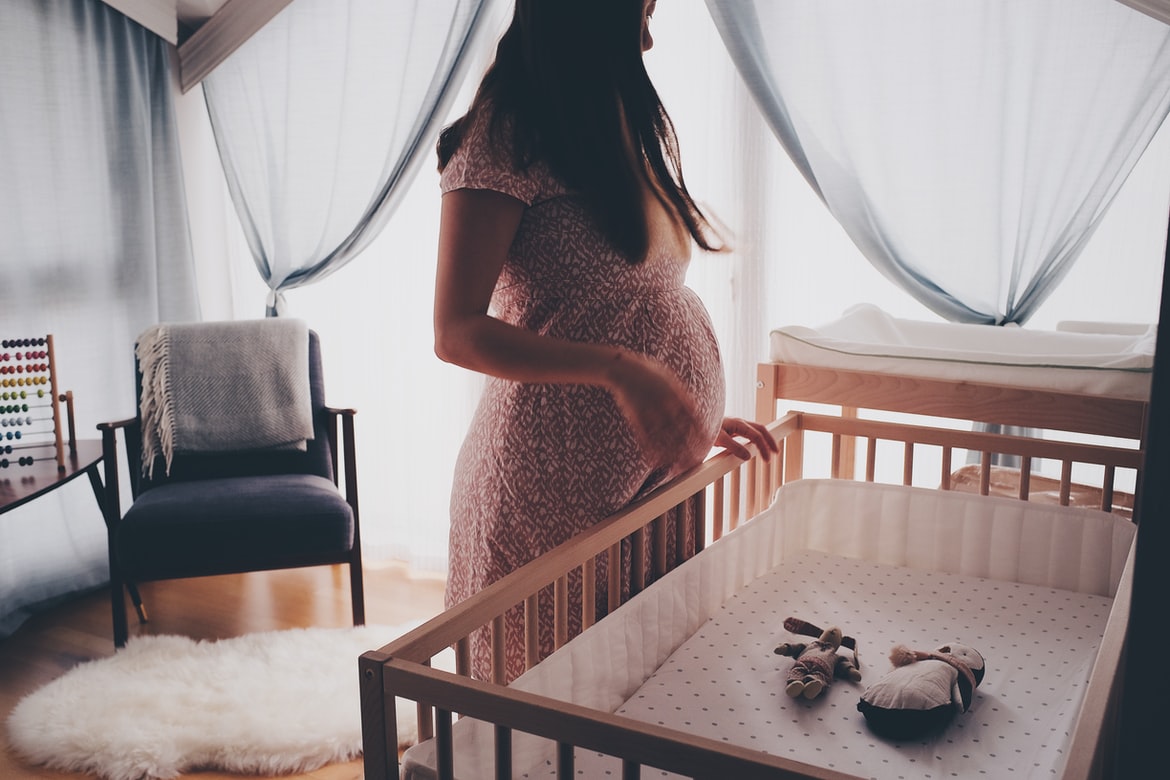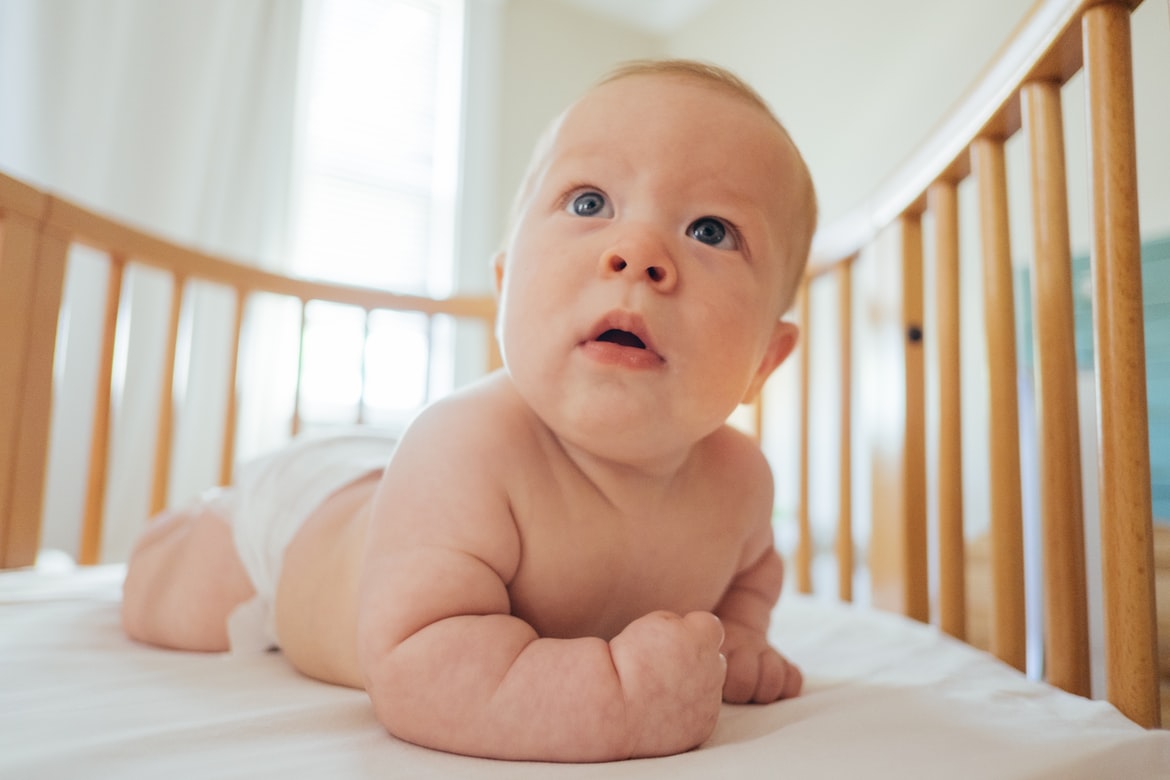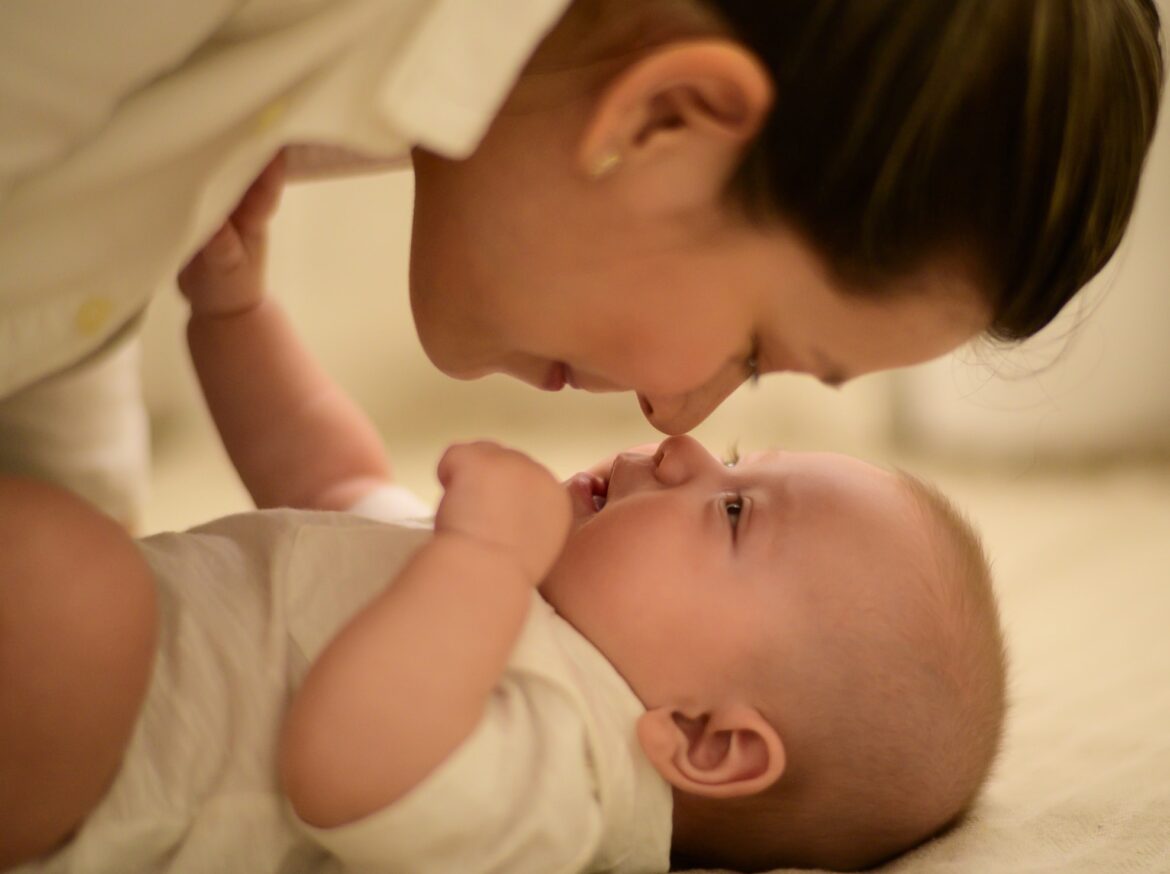The most important feature of a baby crib mattress is its safety. After all, you need to make sure your baby is safe when they’re sleeping, which is hopefully for about 12 hours every day. For this reason, it’s critical that you know how to choose a safe mattress for your baby’s crib. It isn’t just about the firmness, which is, of course, vital, but it’s also about the materials it’s made from and other factors.
Standards and Certifications

Source: unsplash.com
Before you make a mattress purchase, you’ll want to make sure the one you select meets all safety regulations and has received specialized certifications to ensure it has not been made with dangerous chemicals. For example, your baby crib mattress must meet the Consumer Product Safety Commission’s (CPSC) standards that state that a standard crib mattress must be at least 27 1/4-inches by 51 1/4-inches and no deeper than six inches.
They must also be subjected to mattress flammability testing to make sure it is fire-resistant to a specific degree and must not contain more than a specific amount of phthalates, a group of chemicals that are used to make plastic more durable. Mattresses for babies must also contain less than 100 ppm of lead and less than 90 ppm of lead surface coating to pass the CPSC standards.
Certain certifications exist to show consumers that a brand’s crib mattress exceeds the CPSC standards, including Greenguard GOLD, Made Safe, eco Institut, OEKO-TEX, and UL Validated certifications. These extra certifications should give you confidence that your baby’s mattress is safe to sleep on.
Size and Firmness

Source: unsplash.com
The size of crib mattresses is federally regulated, so any mattress you choose should meet the standard described above, ensuring it fits your crib appropriately. However, the firmness of a mattress is not regulated, which means you need to be careful when selecting the mattress your baby sleeps on. The mattress can’t exceed six inches deep, but a firm mattress can be six inches deep and so can a soft one.
Essentially, if the crib mattress feels comfortable to you, it’s not firm enough. Remember that babies can’t easily move if their breathing is obstructed by a soft mattress, so if you choose a mattress that you would prefer, you’re putting your infant in danger. The mattress your baby sleeps on should be very firm or at least an eight on a scale of 1-10, with 10 being the firmest mattress you can get.
Many crib mattresses have a very firm side for babies and a medium- to medium-firm side for toddlers. This is so you don’t have to buy a new mattress when your baby gets old enough to move their head if their breathing becomes obstructed. Just be sure you put the very firm side up when you first bring your baby home so that they aren’t in any danger when sleeping.
Conclusion
The materials and firmness of a crib mattress are the two major safety considerations you need to make before purchasing a crib mattress for your baby. These two factors will ensure your baby’s safety while they’re sleeping in their crib.

